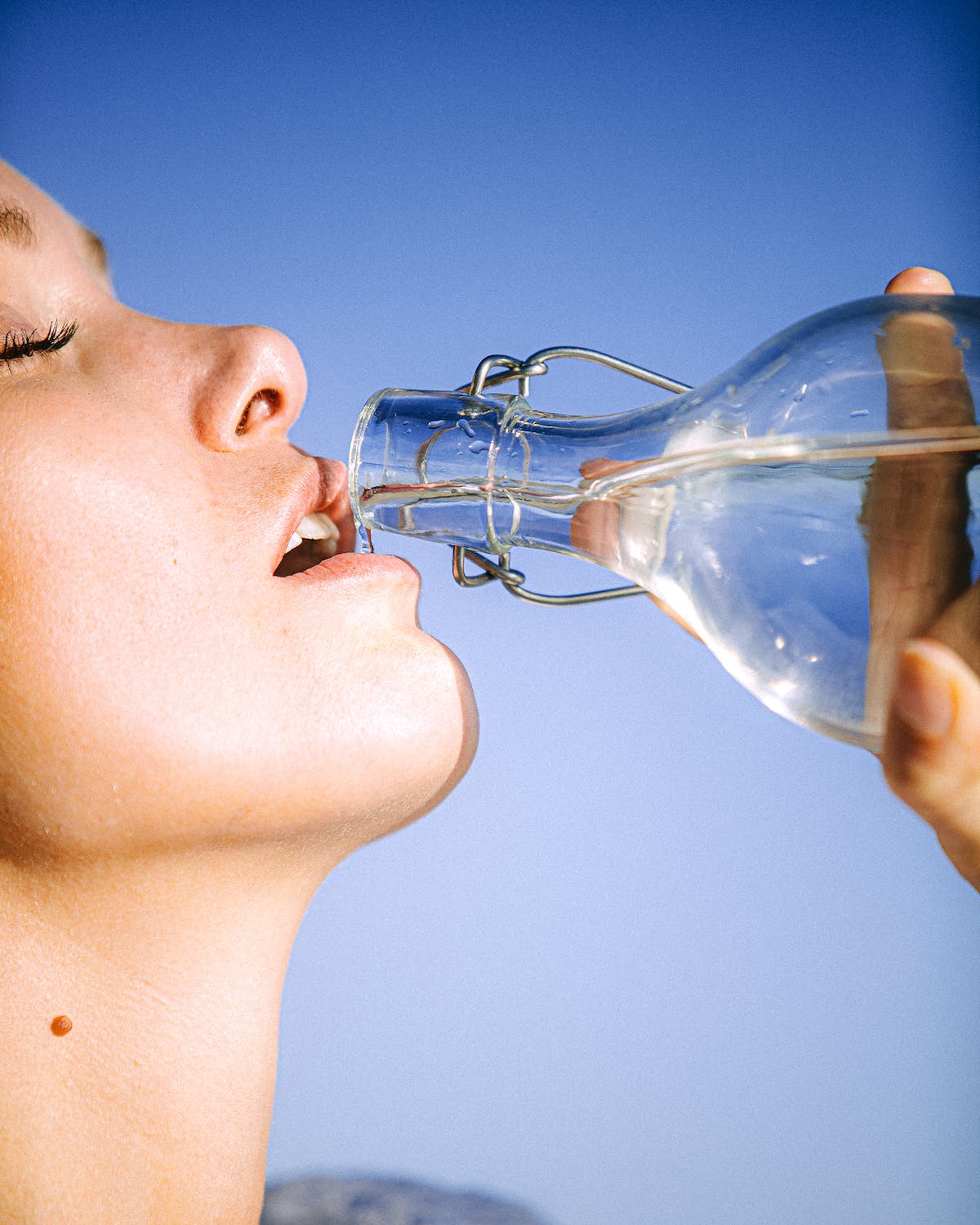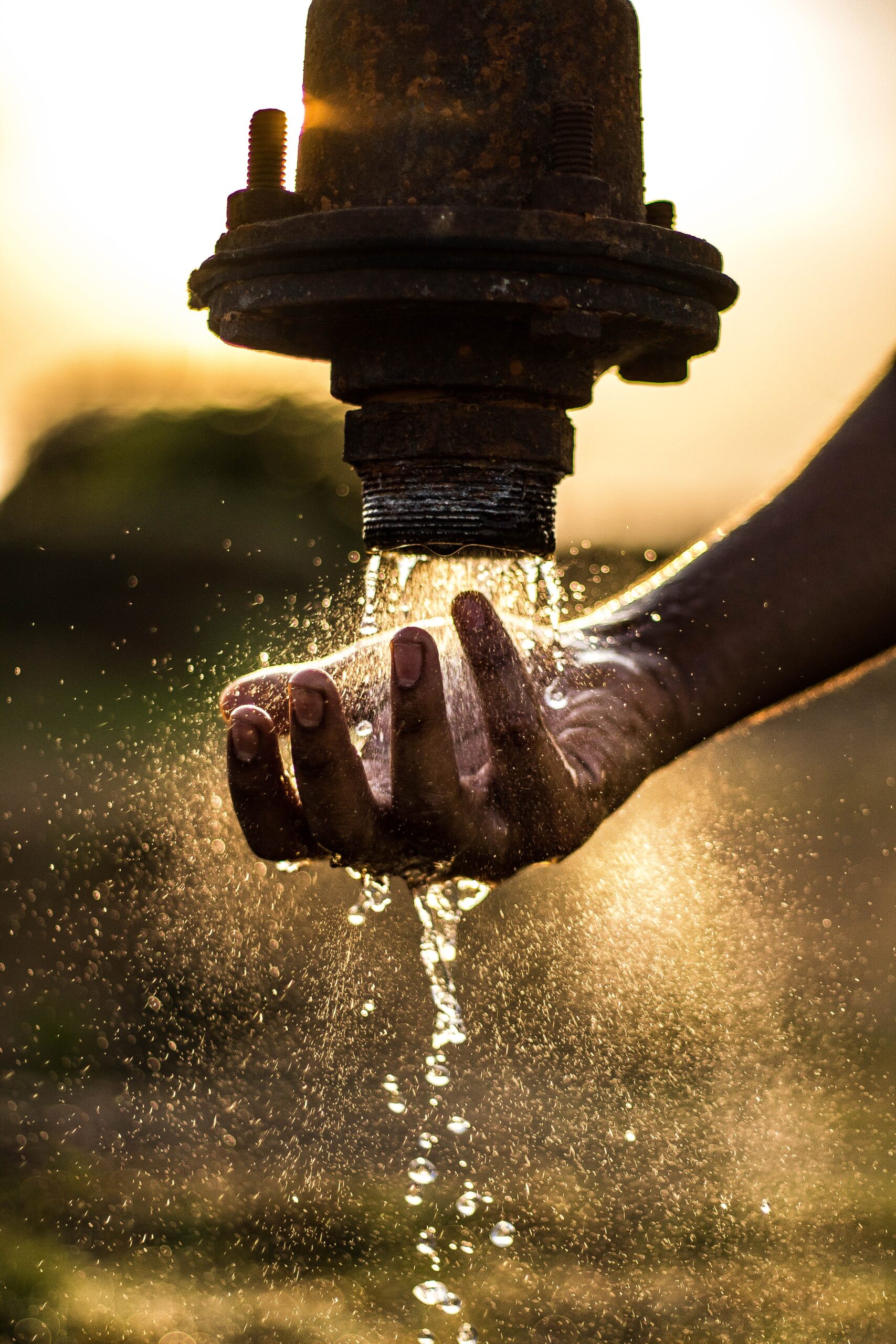I love lead. It protects me against ionizing radiation whilst I am imaging patients – my other profession as a Radiographer. Thanks to its attenuating properties, lead is found in gonad and thyroid protection, full body gowns, walls, and glass shields to reduce the intensity of the x-ray beam and prevent me from absorbing radiation.
It certainly has its place, but this heavy metal found in the earth’s crust is not something that we want floating around in our bloodstream. In fact, there are no safe blood lead levels! The widespread use of lead has not only had detrimental polluting effects on the environment but can also lead to significant health problems for humans, especially in our homes and our drinking water.

WHY SHOULD WE CARE ABOUT LEAD EXPOSURE?
If our bodies are unable to excrete lead through urine or feces, it gets distributed to our heart, brain, liver, bones, and kidneys. It accumulates over a lifetime and ultimately gets stored in our teeth and bones. There are times when lead gets released back into the bloodstream, such as pregnancy and breastfeeding which becomes a source of exposure for the fetus and baby (WHO 2023).
Lead absorption can cause:
WHO 2023, EPA 2023, Vigeh et al. 2011
Like a lot of environmental toxins, our children are susceptible to lead exposure. They can absorb 4-5 times more ingested lead than an adult would from a given source (WHO 2023). This is due to their higher hand-to-mouth ratio. It is only natural for babies to put fingers and objects in their mouths as they learn about the world. This increases their risk of ingesting lead from paint chips and soil and inhaling contaminated dust. Infants who drink formula with lead-contaminated water are also at risk as it is essentially a large volume of water relative to their body size. Sadly, lead absorption in children is increased when they are undernourished and lack nutrients such as iron and calcium.
BABIES, CHILDREN, AND PREGNANT WOMEN ARE MORE SUSCEPTIBLE TO LEAD EXPOSURE
In 2018 the Australian Building Codes Board (ABCB) engaged Macquarie University to dig a little deeper into the extent of lead levels in our drinking water caused by plumbing products and materials. A literature review revealed copper alloy plumbing materials including brass tapware, are a health hazard in our homes. When hot water is in contact with the surface for too long, the lead used to make up these materials can leach into our drinking water. This research has resulted in some changes to the current National Construction Code 2022.
The current maximum allowable lead concentrations for some metal and metal alloy components in contact with drinking water can be up to 6%; however from the 1st of September 2025, copper alloy plumbing products containing more than 0.25% lead will no longer be permitted for installation in a plumbing system used to convey drinking water (ABCB 2022). In the meantime plumbing practitioners are still allowed to install existing products, but why should we wait until 2025? The US introduced a maximum allowable lead content of 0.25% weighted average, calculated across wetted surfaces back in 2011. C’mon Australia, it’s time to catch up.
Silicone and bismuth may be the new lead replacements to manufacture copper alloy products. Although a “safer” alternative, only time will tell as to how healthy they are for us and our drinking water.
WHAT CAN YOU DO TO PROTECT YOUR FAMILY FROM LEAD IN YOUR DRINKING WATER?

DID YOU KNOW…
There have been a lot of changes made to the latest NCC, and although we still have a long way to go at improving our building standards in this country, we are certainly taking some steps in the right direction.
ABCB, 2022, Advice for plumbing practitioners on the new lead requirements, (Online), Available: https://abcb.gov.au/news/2022/advice-plumbing-practitioners-new-lead-requirements
ABCB, 2021, Lead in plumbing products in contact with drinking water. Final Regulation Impact Statement 2021.
CDC, 2023, Lead in Drinking Water, (Online), Available: https://www.cdc.gov/nceh/lead/prevention/sources/water.htm
Chang, L., Lee, J.H.W, Fung, Y.S, 2022, ‘Prediction of lead leaching from galvanic corrosion of lead-containing components in copper pipe drinking water supply systems’, Journal of Hazardous Materials, Vol. 436.
Environmental Protections Agency, 2023, Basic Information about Lead in Drinking Water, (Online), Available: https://www.epa.gov/ground-water-and-drinking-water/basic-information-about-lead-drinking-water
Taylor, M.P, Harvey, P.J., Morrison, A.L., 2018, Lead in Plumbing Products and Materials. Macquarie University Centre for Energy and Environmental Contaminants, Sydney.
Vigeh, M., Smith, D.R., Hsu, P.C., 2011, ‘How does lead induce male infertility?’ Iranian Journal of Reproductive Medicine, Vol. 9, No.1, pp. 1-8.
World Health Organisation, 2023, Lead poisoning, (Online), Available: https://www.who.int/news-room/fact-sheets/detail/lead-poisoning-and-health



